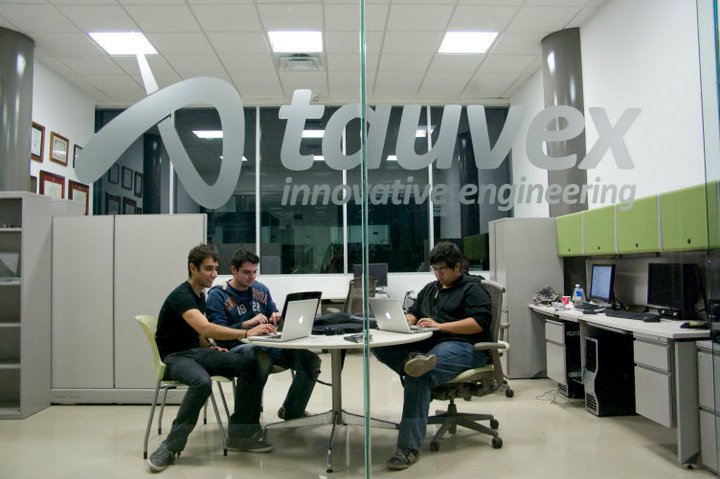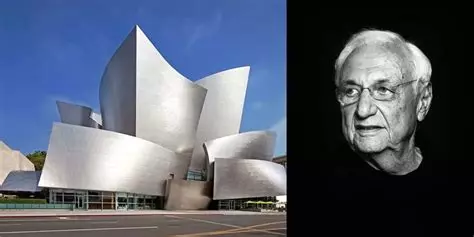Israël entretient depuis les années 1990 de très bonnes relations avec l’Inde. Dans le domaine des sciences, les deux pays travaillent conjointement sur les nanotechnologies, les carburants alternatifs, l’agriculture, l’élevage et la recherche spatiale; en effet, les deux pays ont un très fort potentiel de recherche scientifique.
Le , un accord a été signé entre les deux pays pour le lancement d’un télescope spatial, le TAUVEX (1), un télescope conçu par une société israélienne (El-Op) et lancé sur un satellite indien par un lanceur indien. Israël s’est montré intéressé pour collaborer sur la mission lunaire Chandrayaan-1.
(1) Le Tel Aviv University Ultraviolet Explorer, ou TAUVEX, est un réseau de télescopes spatiaux conçu par Noah Brosch de l’Université de Tel Aviv et conçu et construit en Israël pour l’Université …
LE PLUS.
TAUVEX consists of a 3-telescope array mounted on a single bezel and enclosed in a common envelope. Each telescope is a reflecting Ritchey-Chretien design, with field-flattener corrector lenses. The clear aperture of each telescope is 20 cm.
The systems are designed for imaging the same 0.9 degree field in the space-UV band from 140 nm to 300 nm. The image quality is 6-8 arcsec (FWHM), depending on the spectral band.
The filter complement consists of a broad-band filter (BBF), which provides a blue cutoff for wavelengths shorter than 200 nm, three intermediate band filters (SF-1, SF-2, and SF-3) with central wavelengths near 160, 210, and 260 nm respectively, and bandpasses of about 40 nm, and two narrow band filters centered at 150 and 210 nm, with bandpasses of about 10 nm.
The detectors are photon-counting imaging devices, made of a CsTe cathode on the inner surface of the entrance window, a stack of 3 microchannel plates (MCP), and a multi-electrode anode of the wedge-and-strip type.
The typical on-board image integration time is 1 hour.
TAUVEX has no right for target assignment but observes whenever any of the prome science instruments is observing.
The instrument is constructed for Tel Aviv University and the Israel Space Agency by El-Op, Electro-Optical Industries, Ltd. of Rehovoth, Israel.





